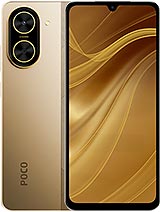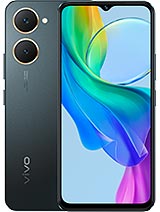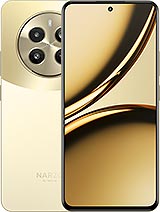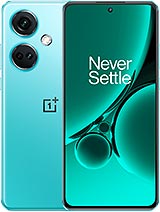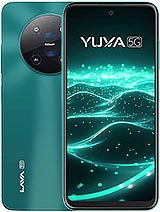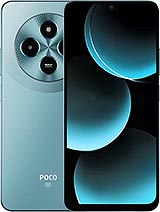Lava Yuva 5G alternatives
Tap above to see alternatives.
Poco M7 alternatives
Tap above to see alternatives.
2x2.0 GHz Cortex-A76
6x1.8 GHz Cortex-A55
2x2.2 GHz Cortex-A78
6x1.95 GHz Cortex-A55
4GB 128GB (UFS 2.2)
8GB 128GB (UFS 2.2)
(wide), AF
2 MP
(macro)
f/1.8, (wide), 1/2.96", PDAF
f/2.0, (wide)
SIM1: Nano, SIM2: Nano
SIM1: Nano, SIM2: Nano
FDD: N1, N3, N5, N8, N28
TDD: N40, N77, N78
FDD: N1, N2, N3, N5, N7, N8, N20, N26, N28
TDD: N38, N40, N41, N48, N66, N77, N78
FDD: N1, N3, N5, N8, N28
TDD: N40, N77, N78
FDD: N1, N2, N3, N5, N7, N8, N20, N26, N28
TDD: N38, N40, N41, N48, N66, N77, N78
In this comparison, the Poco M7 with the Qualcomm Snapdragon 4 Gen 2 (4nm) performs better than the Lava Yuva 5G with the Unisoc Unisoc T750 (6nm), thanks to its more efficient chipset.
The Poco M7 offers 2 years of OS updates, while the Lava Yuva 5G provides 1 years. When it comes to security updates, Poco M7 leads with 4 years of support.
Both phones use LCD panels. Moreover, Poco M7 offers a higher 120 Hz refresh rate for smoother scrolling. These phones offer the same brightness level at nits. These phones have the same resolution.
Poco M7 has a larger 5160 mAh battery for longer usage. They support 18W wired charging.
Poco M7 has an IP52 rating, while Lava Yuva 5G lacks official water and dust resistance.

